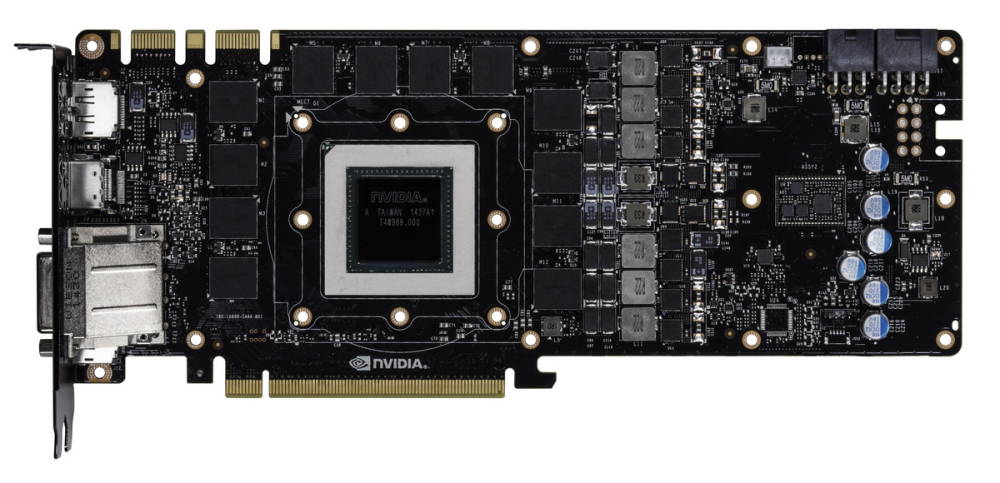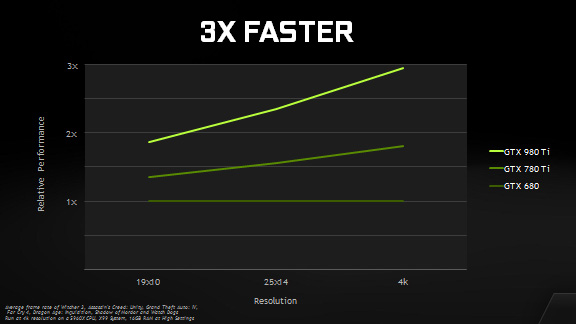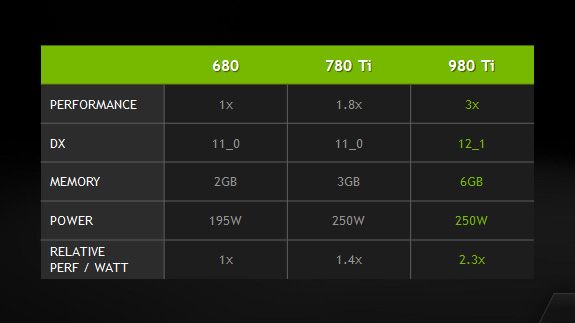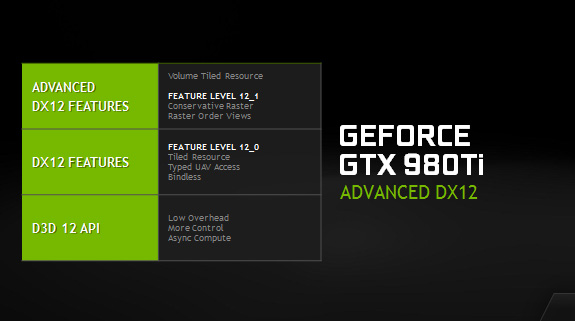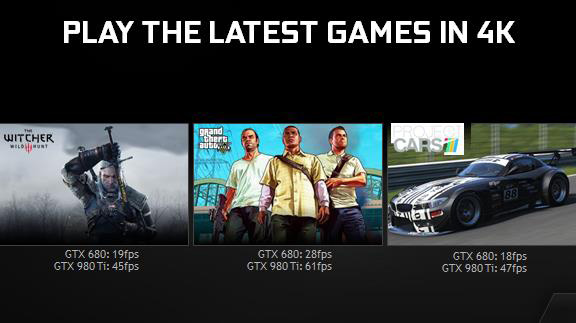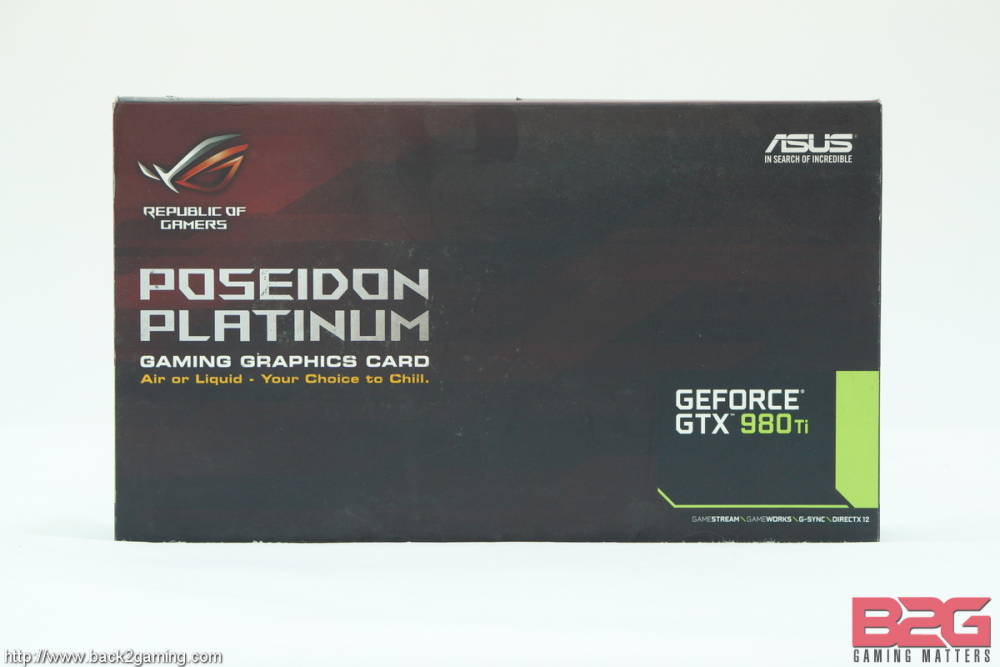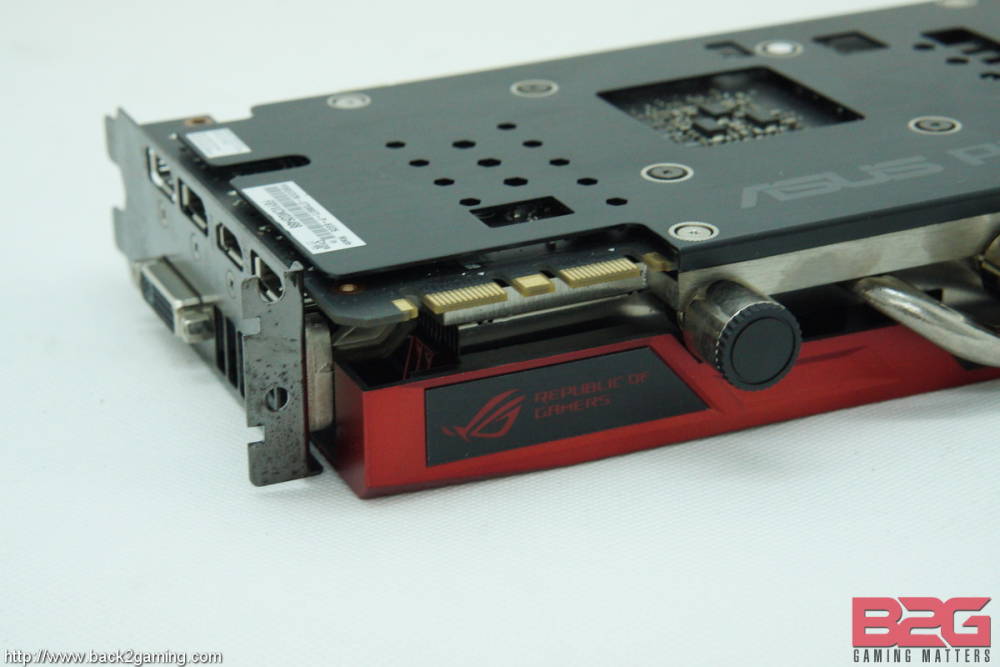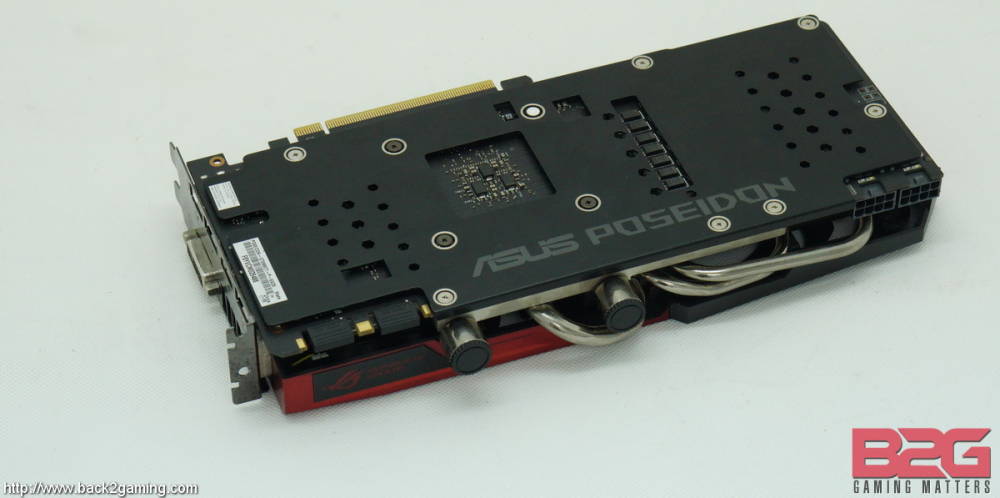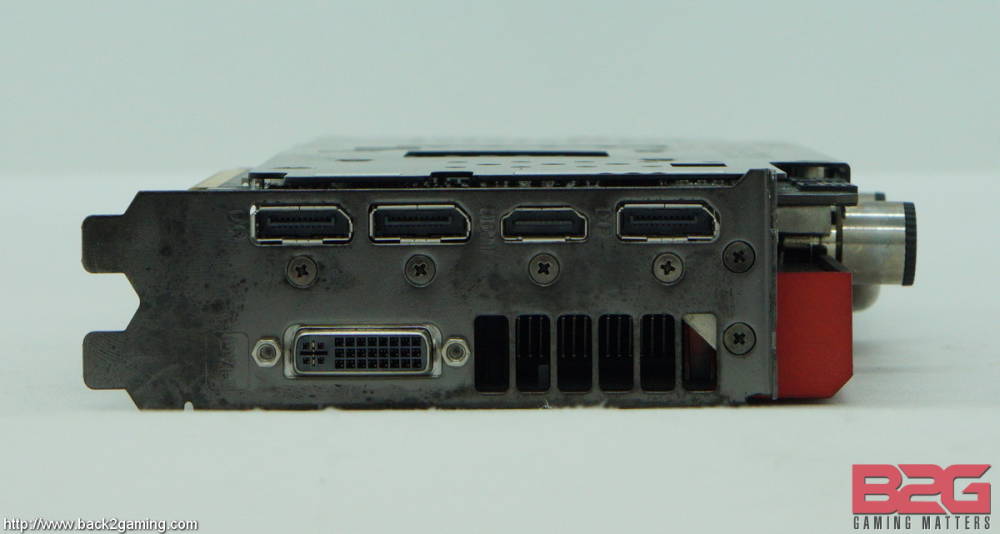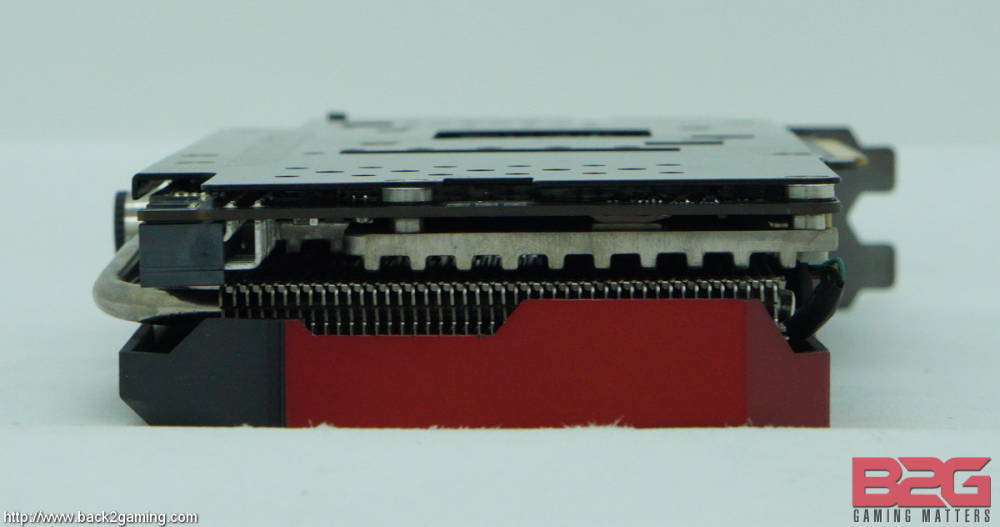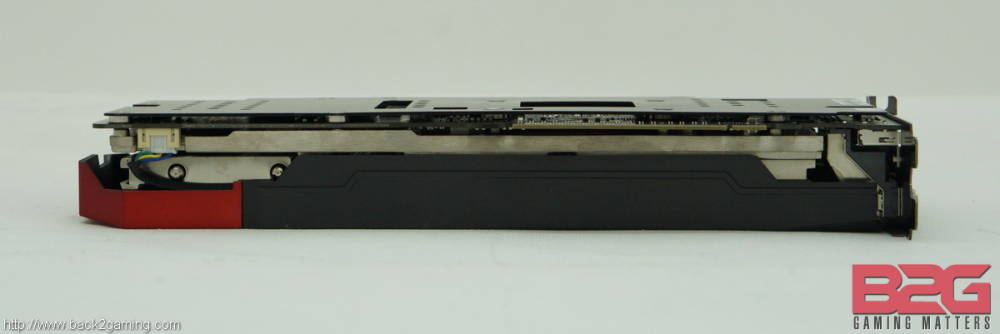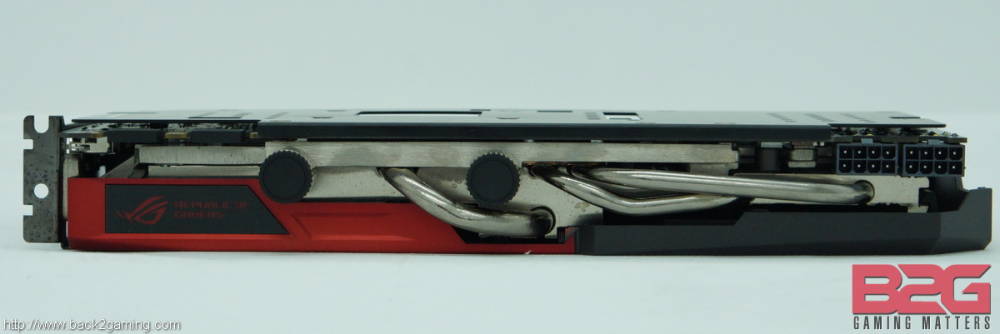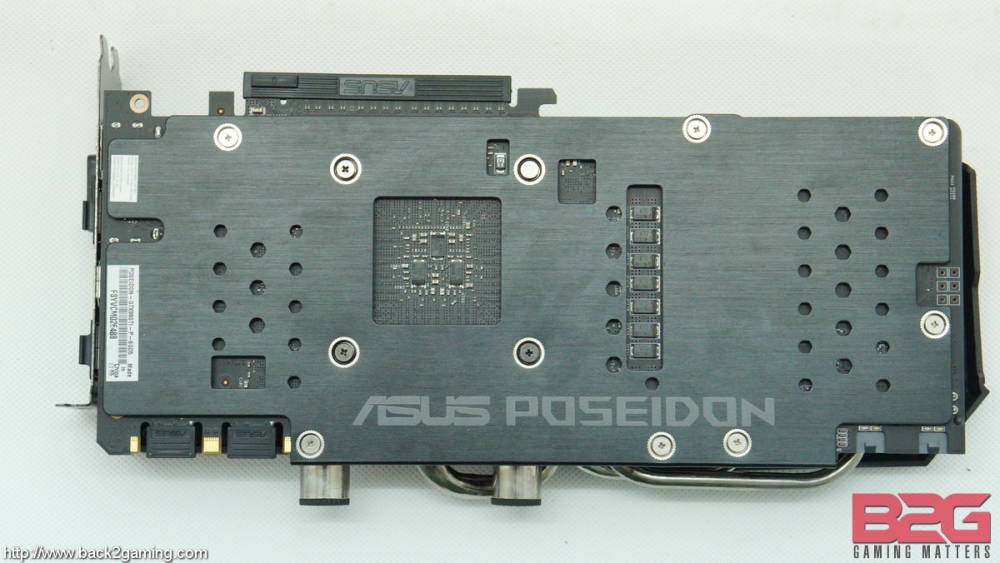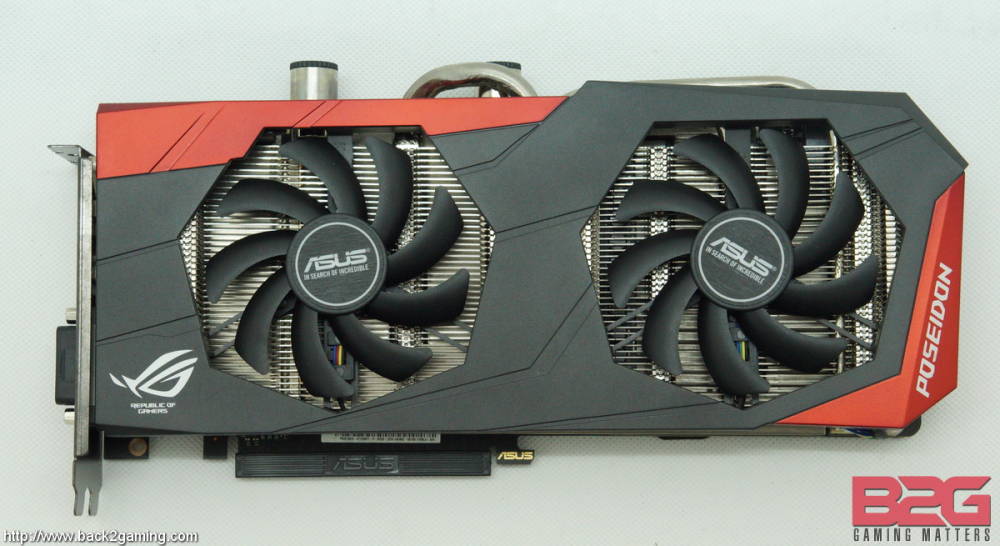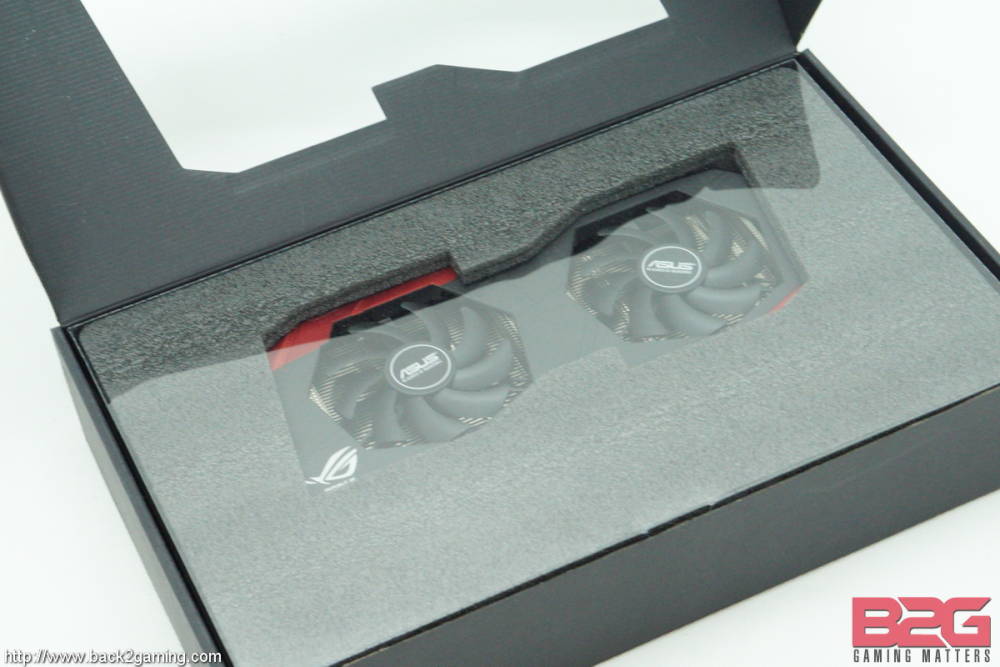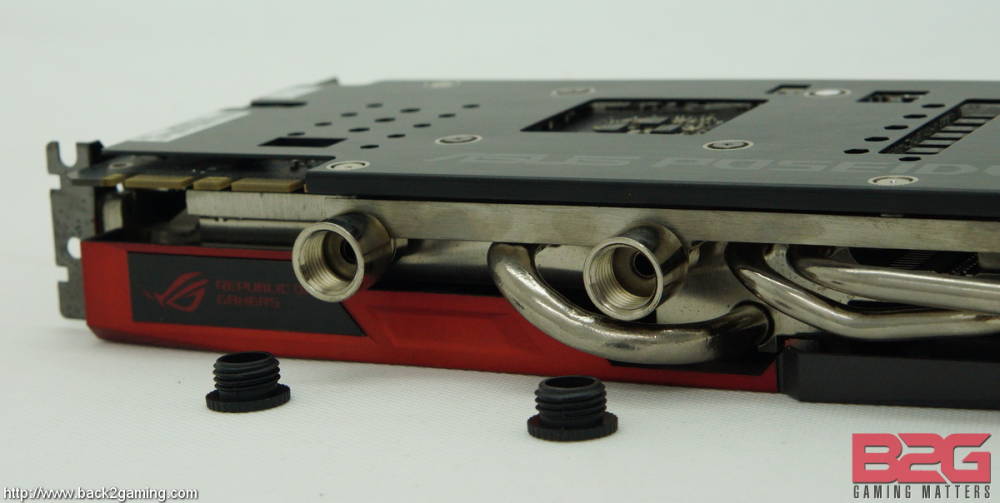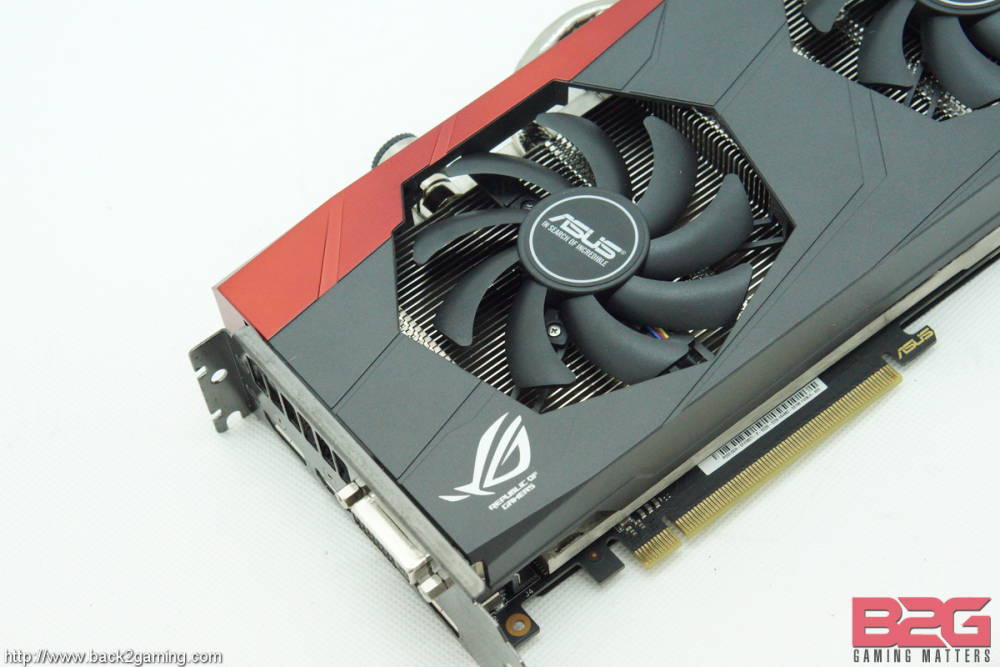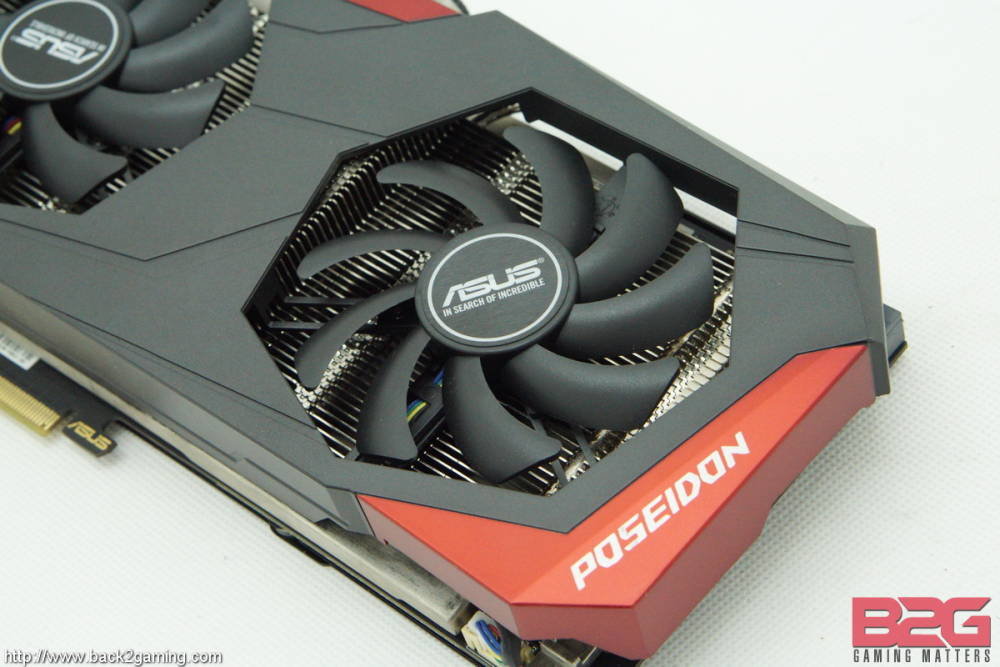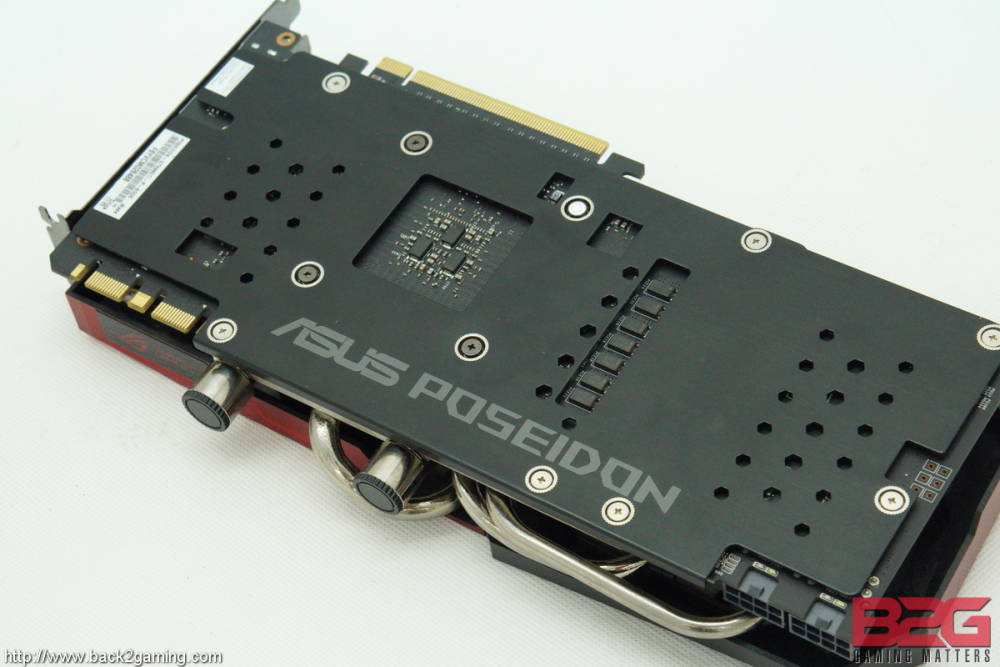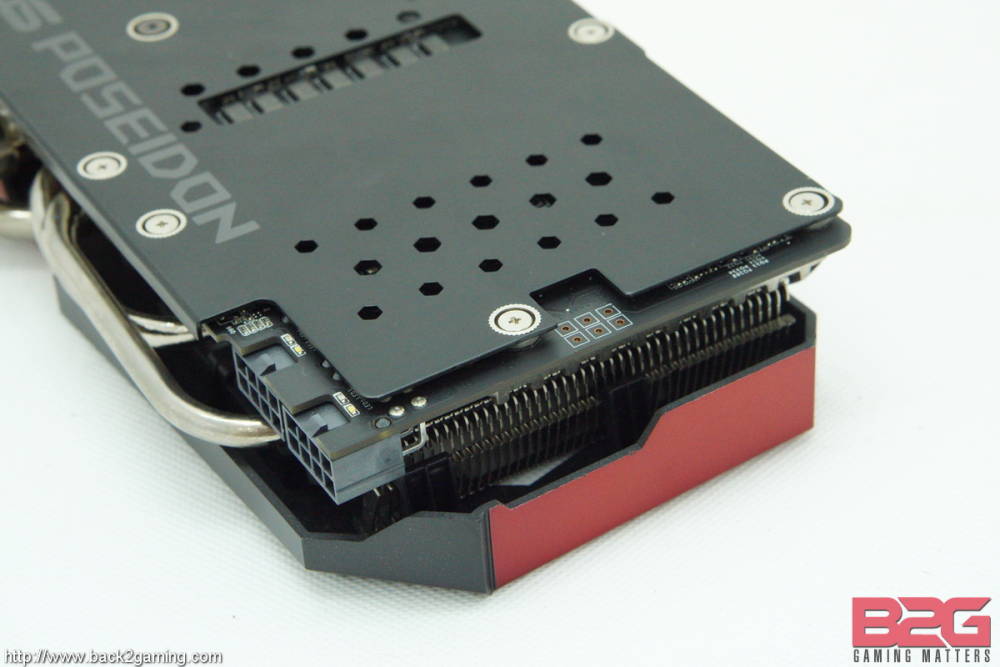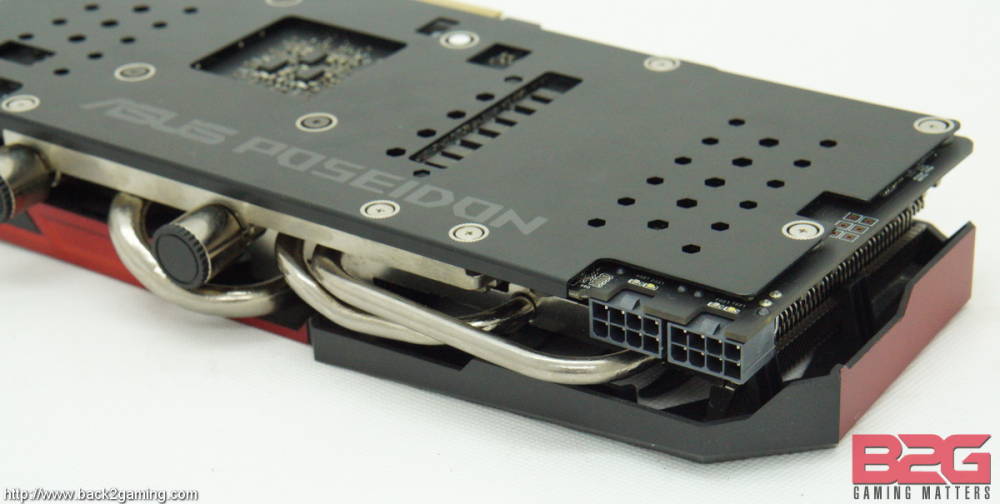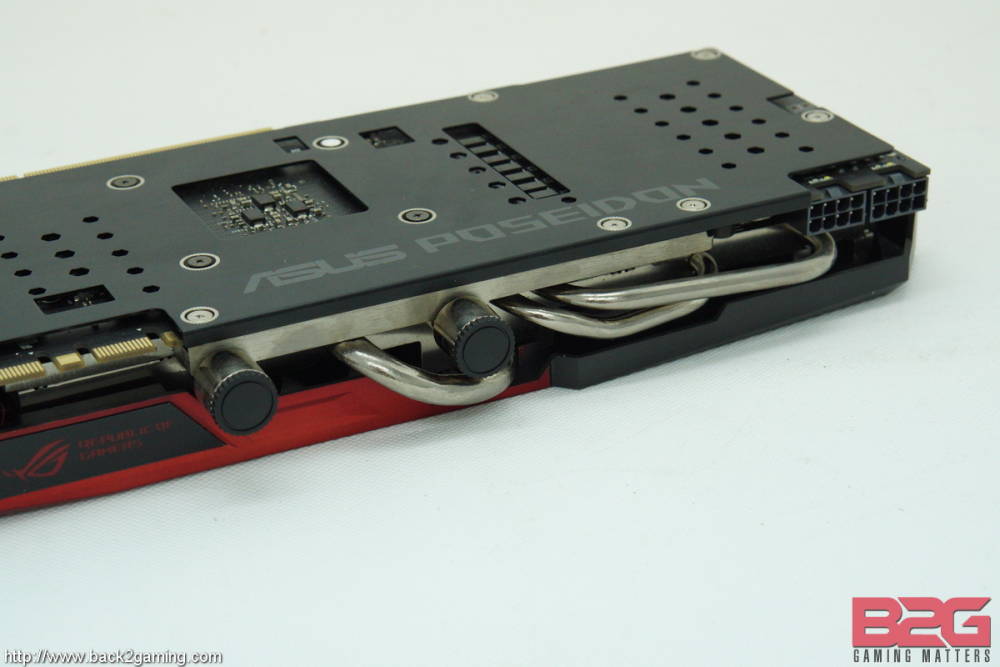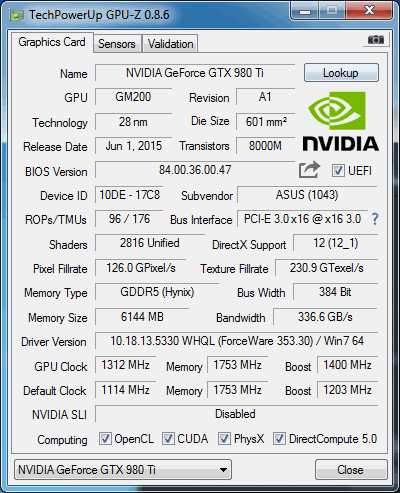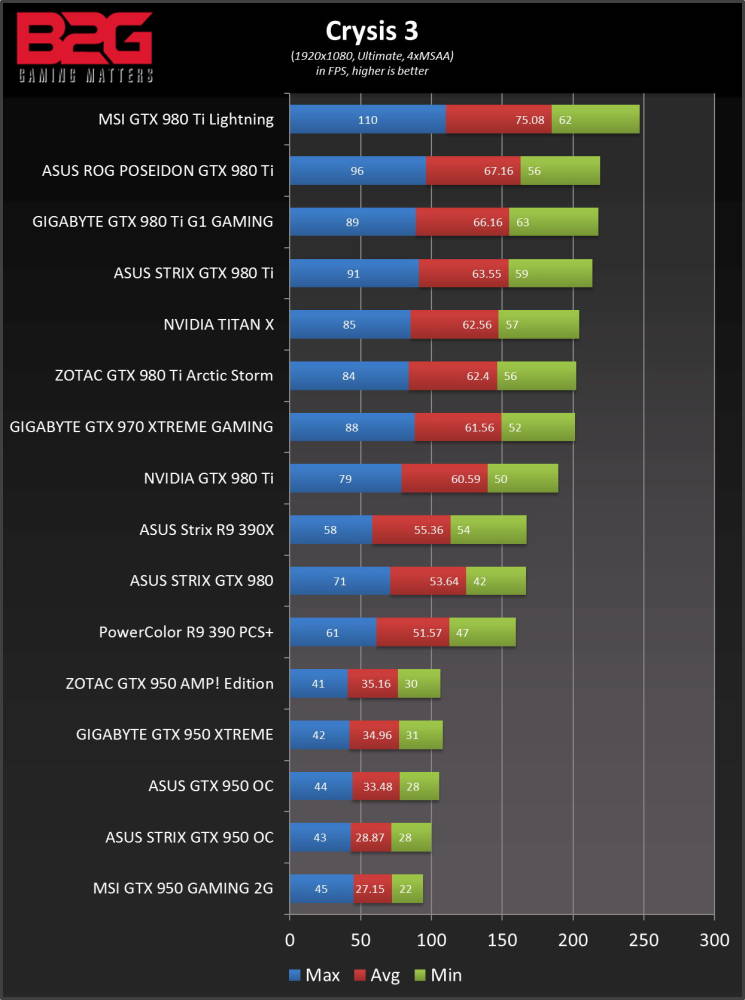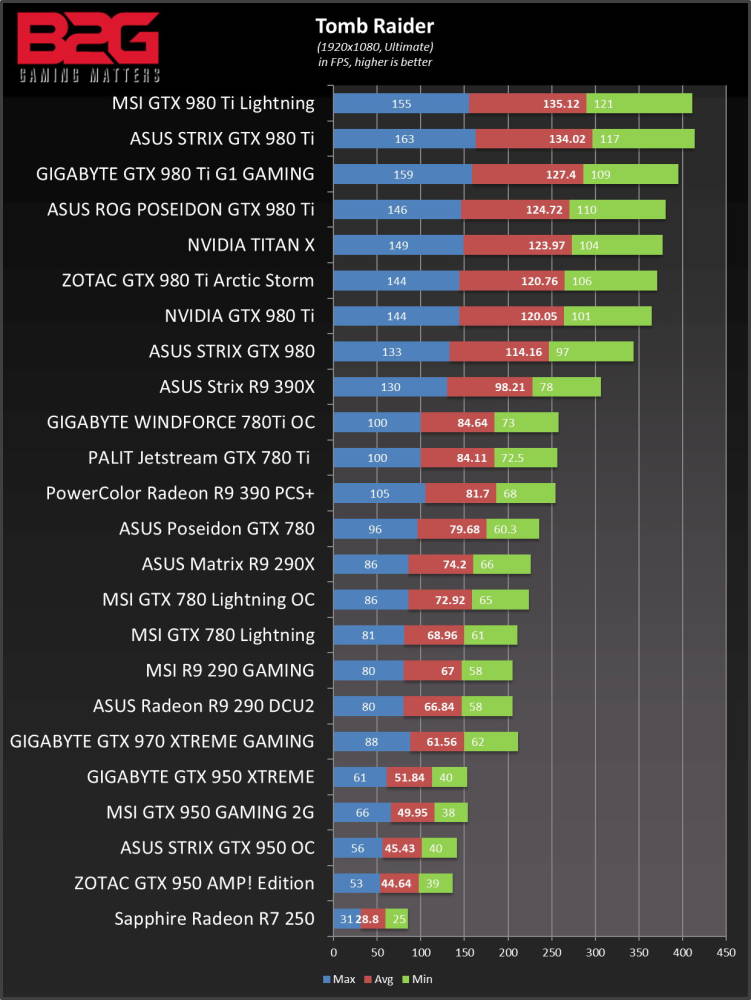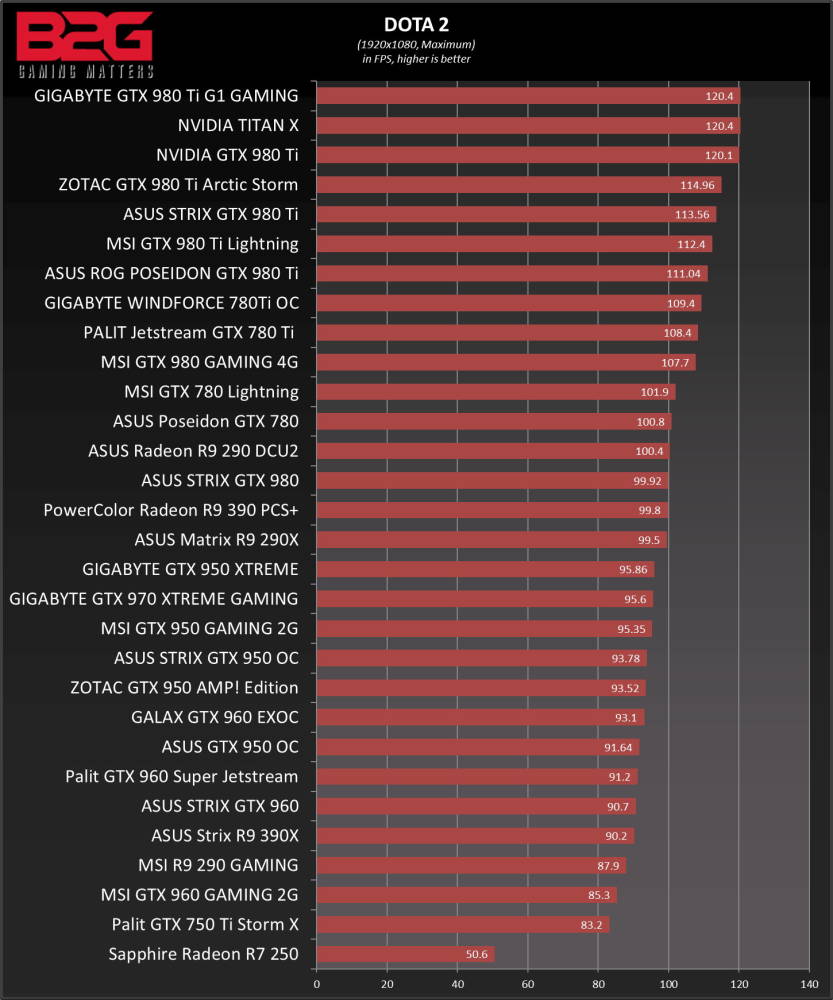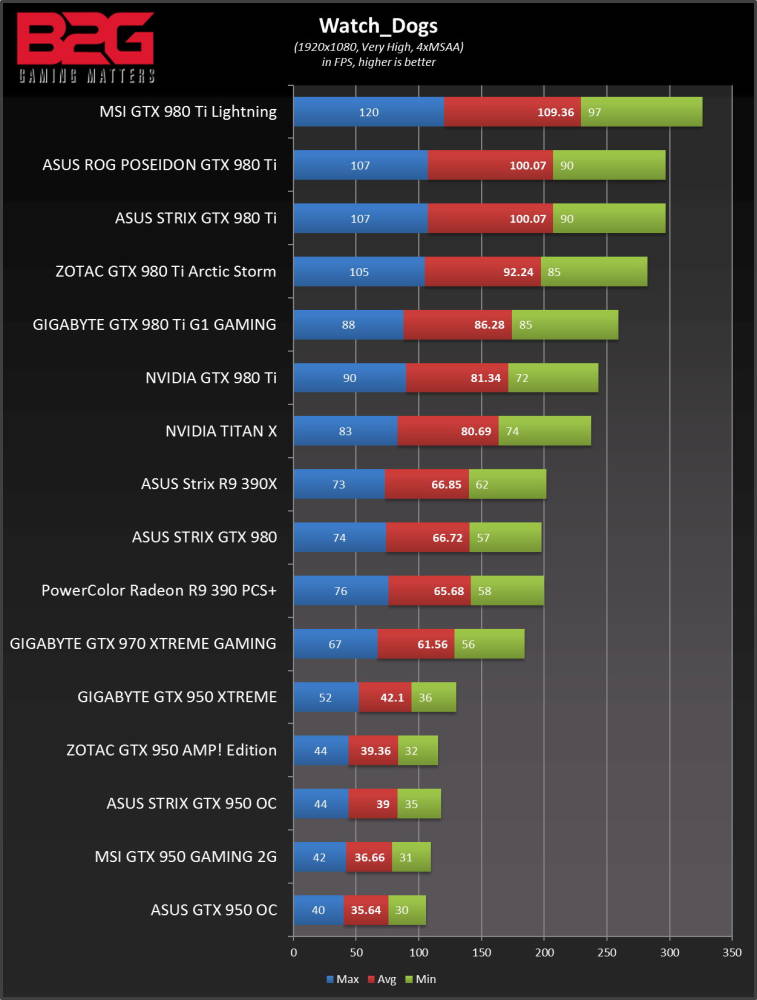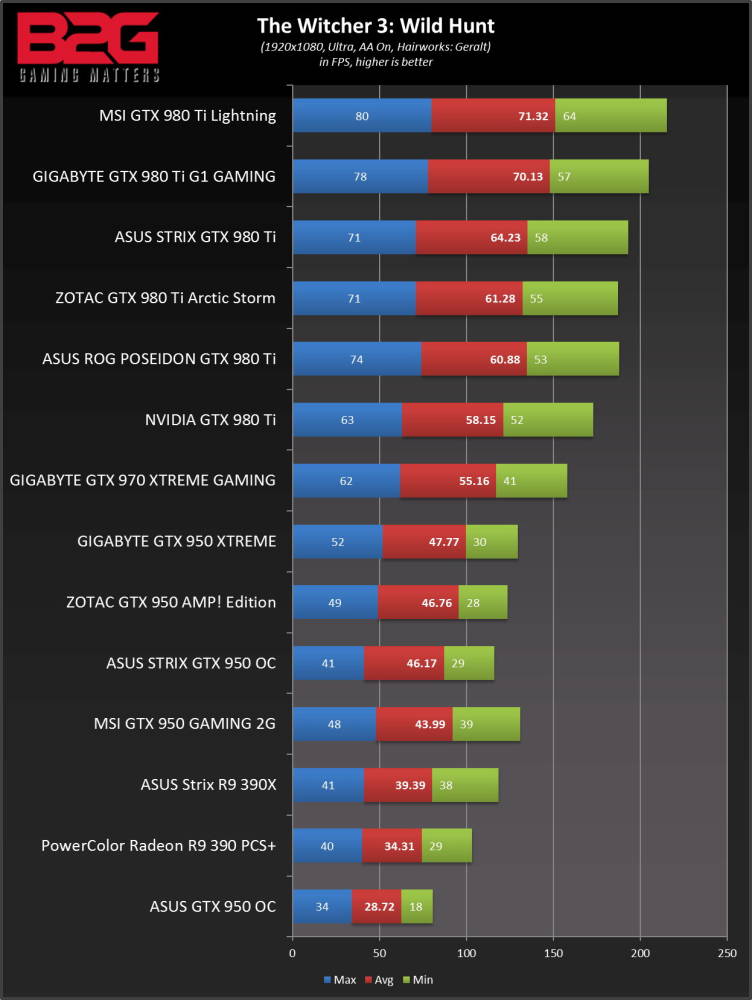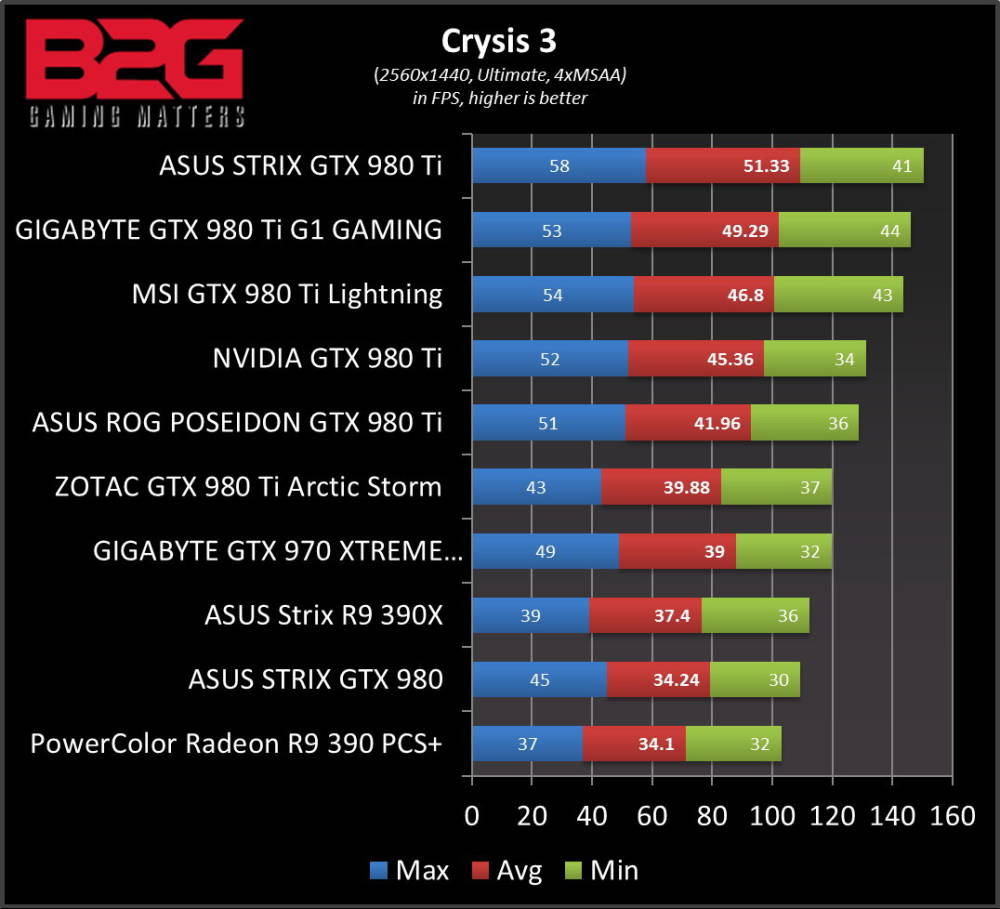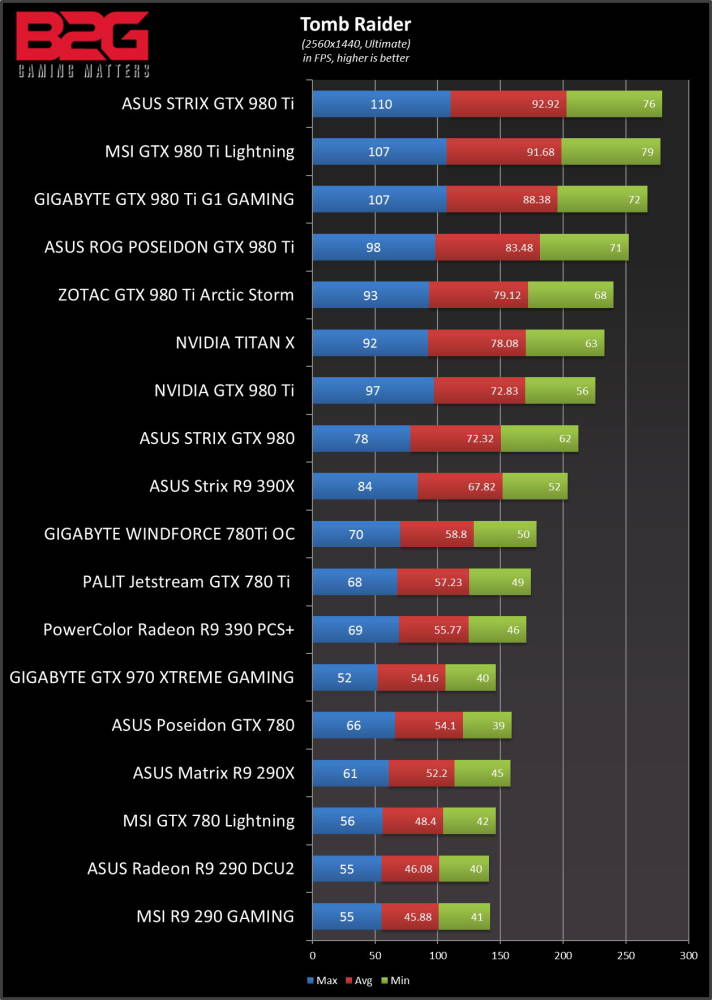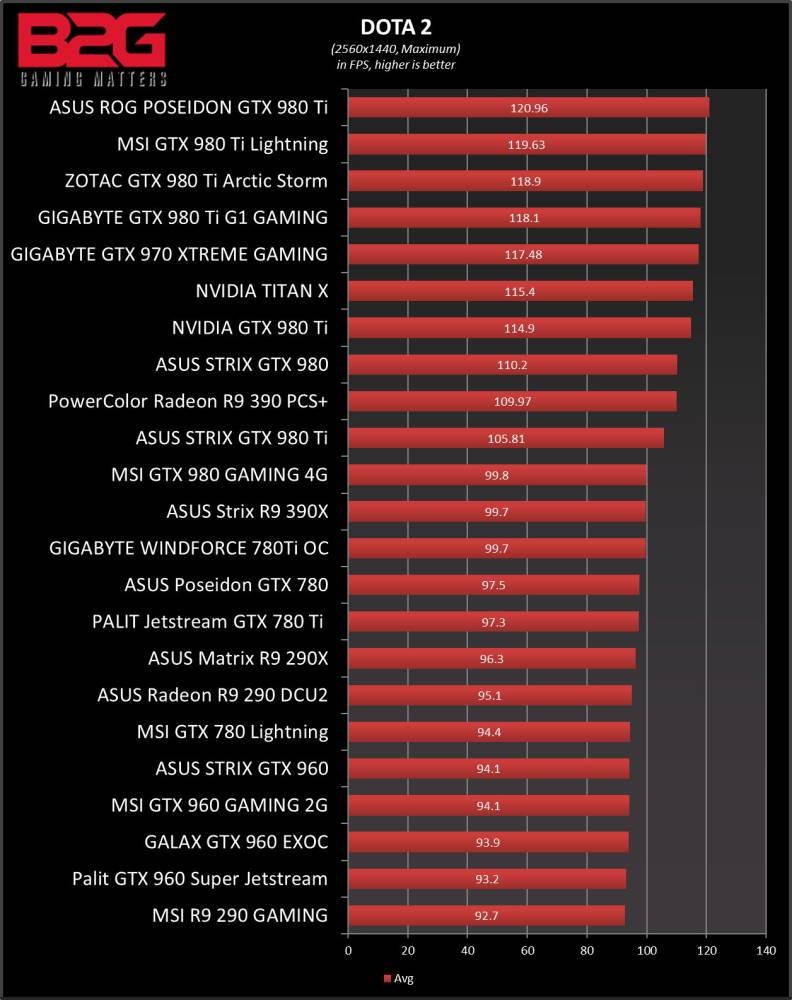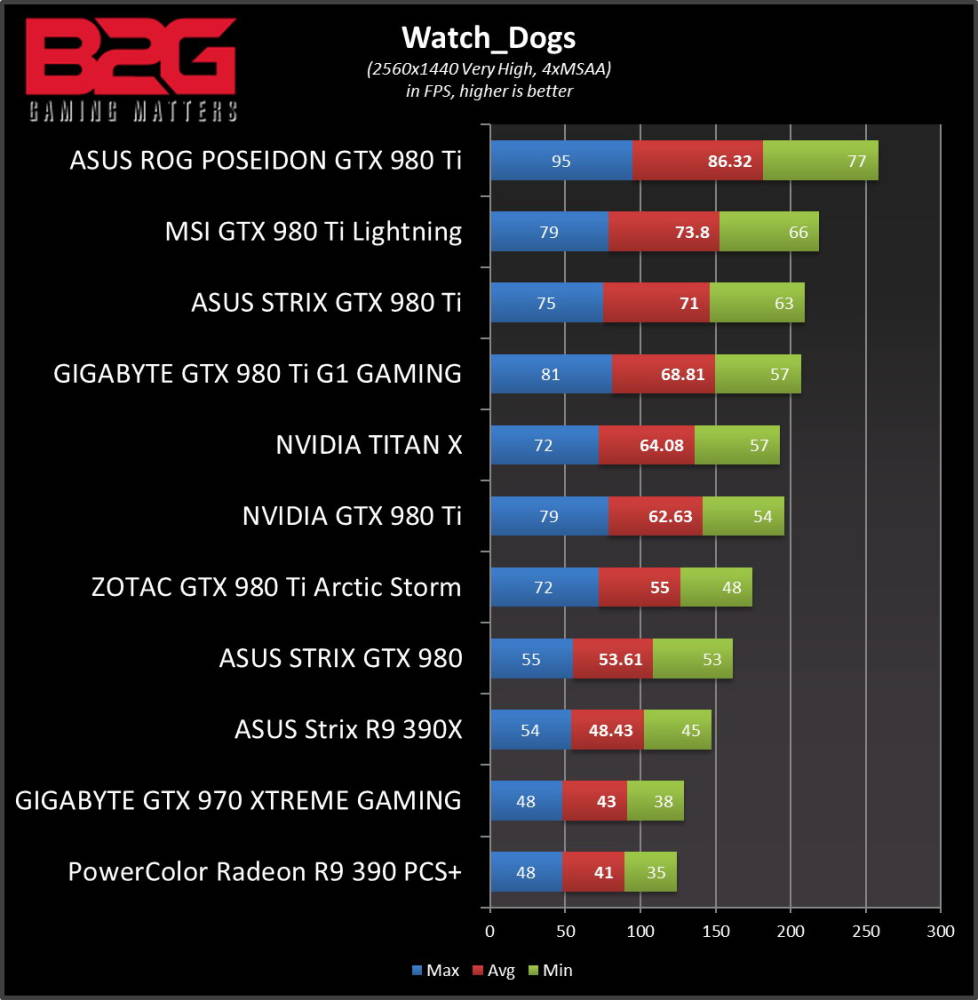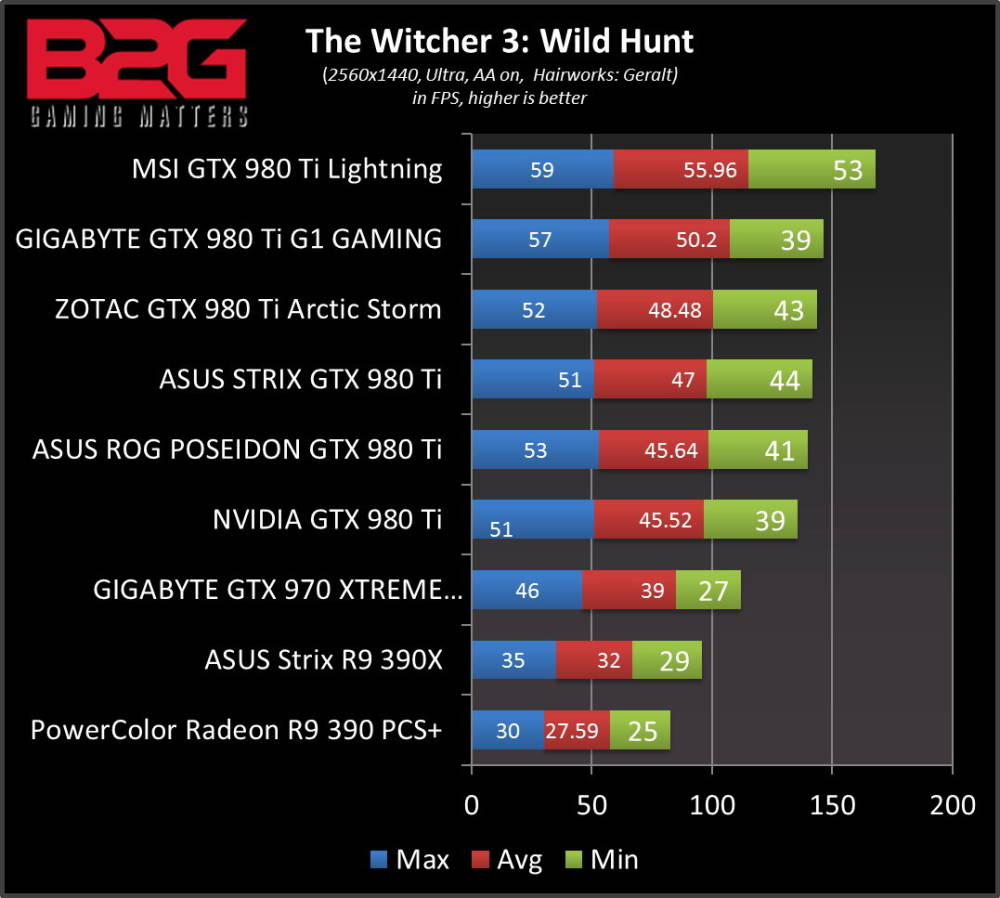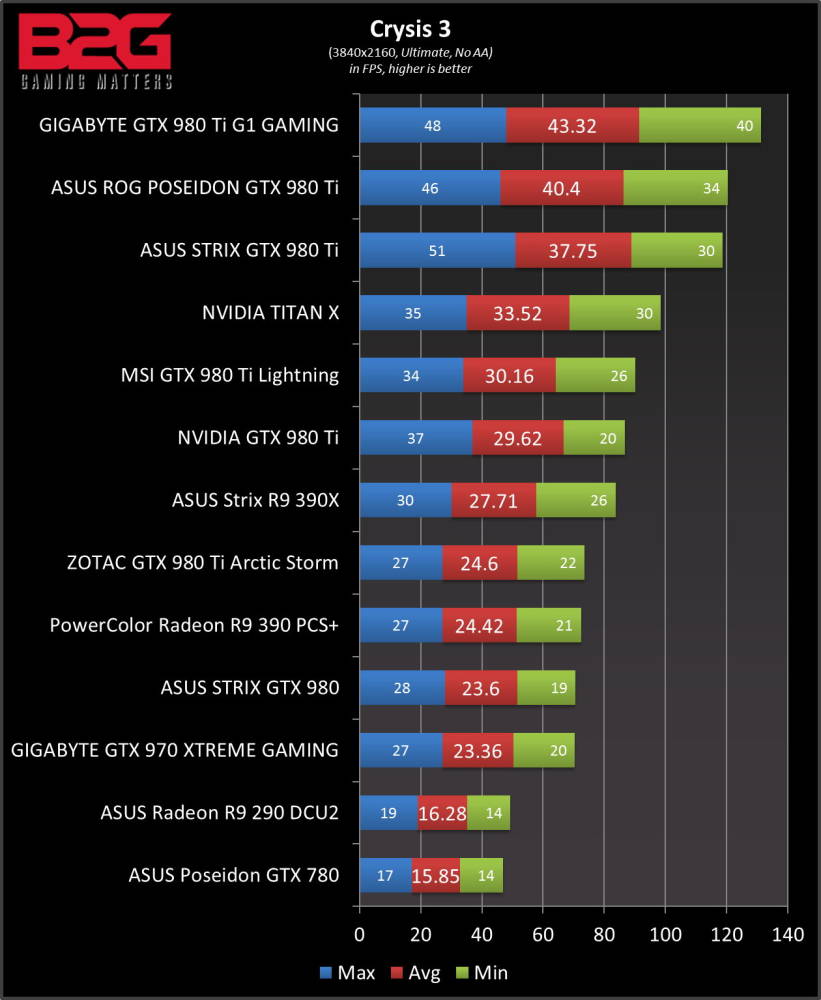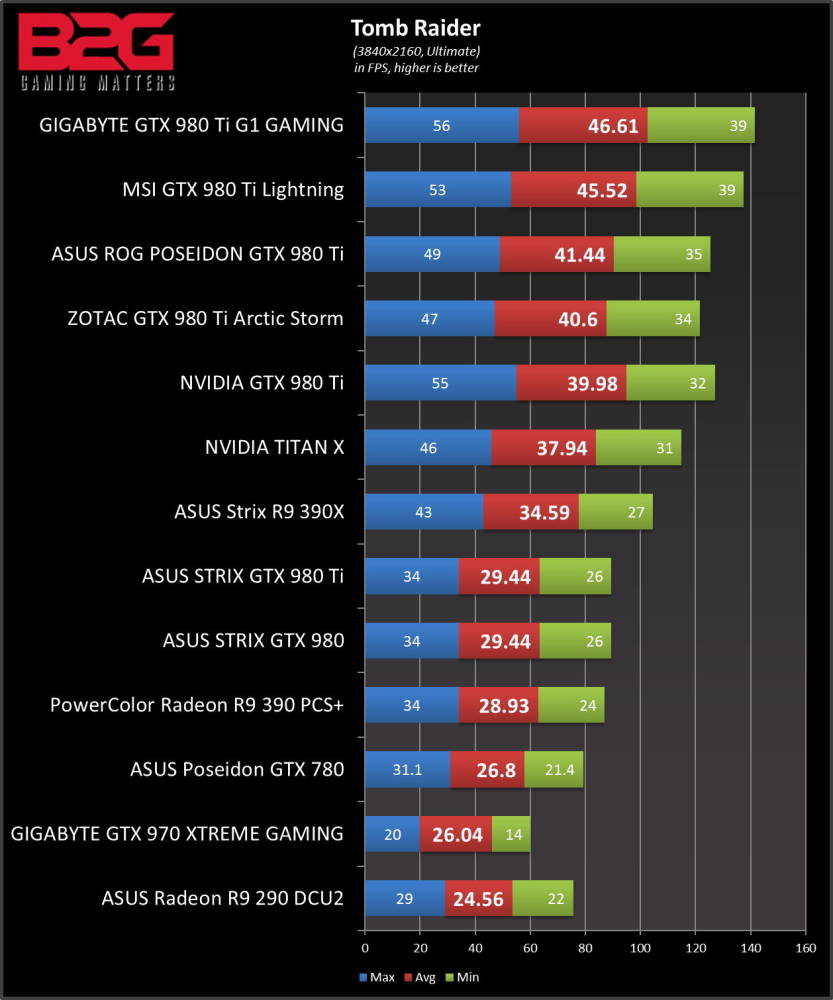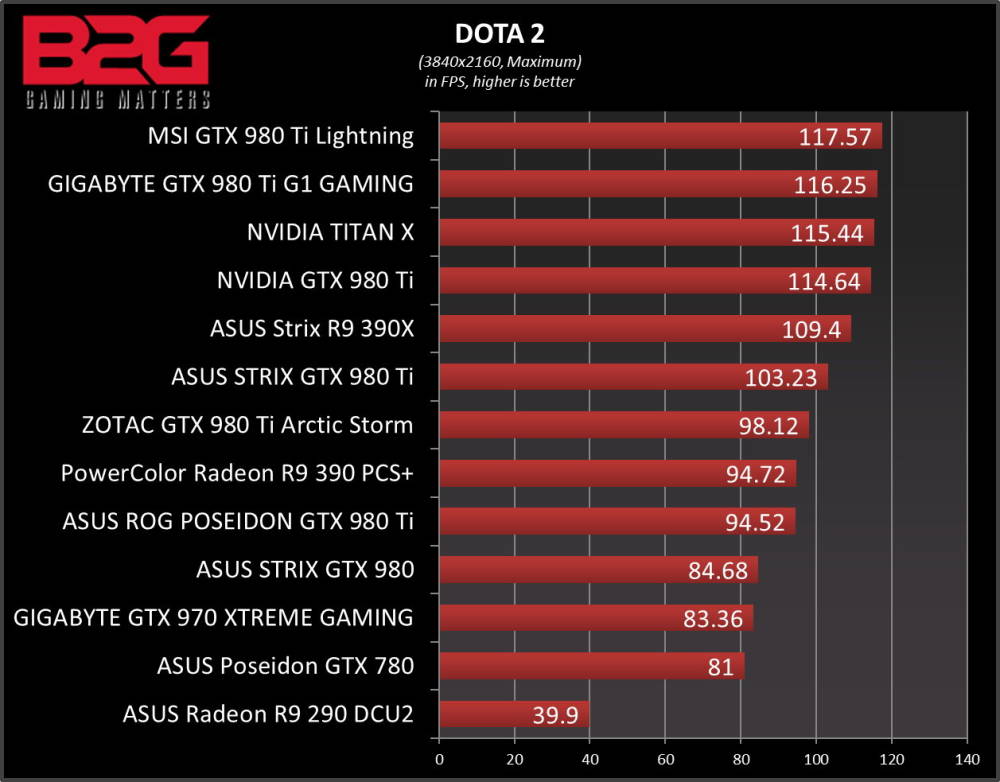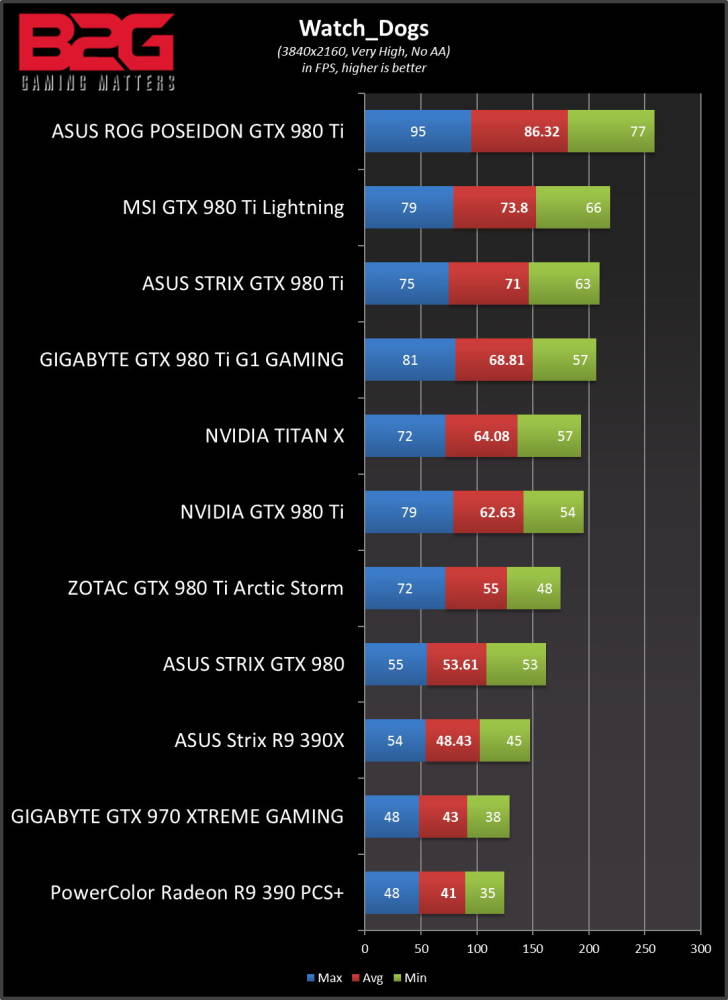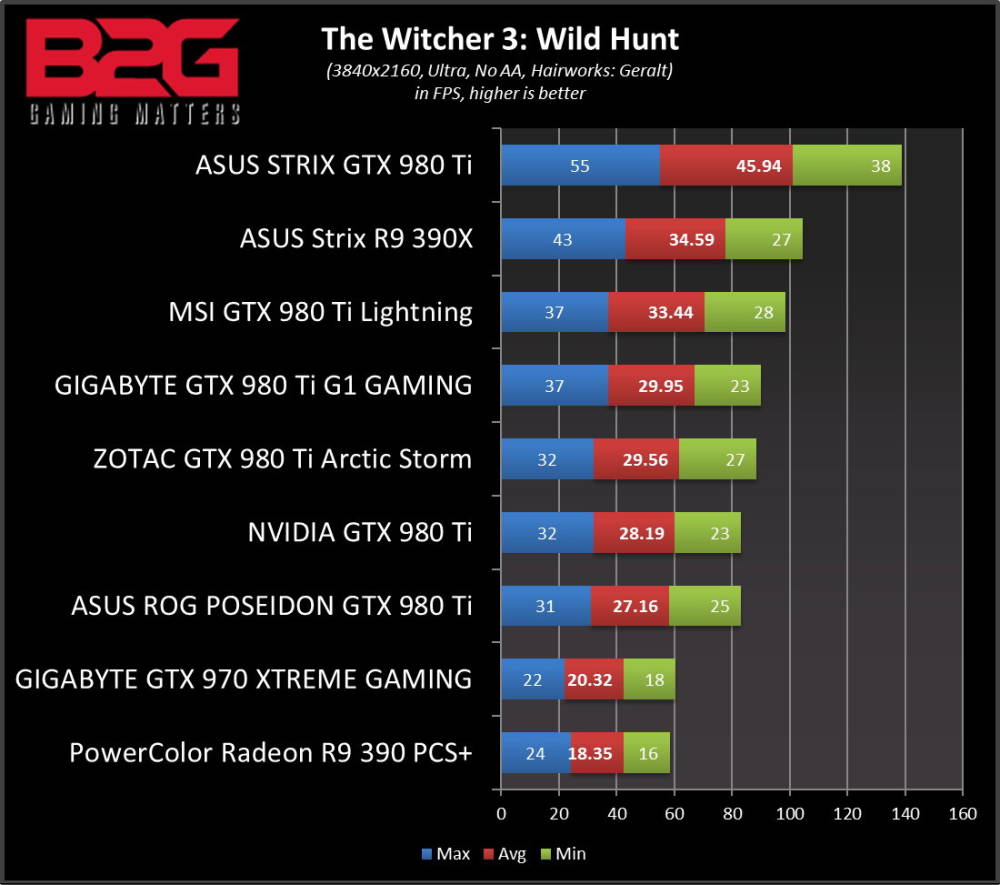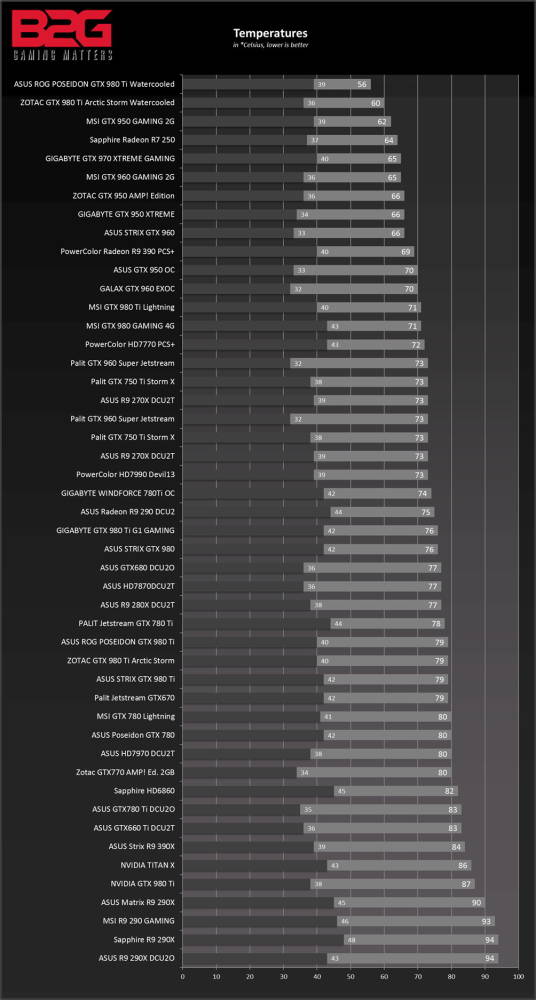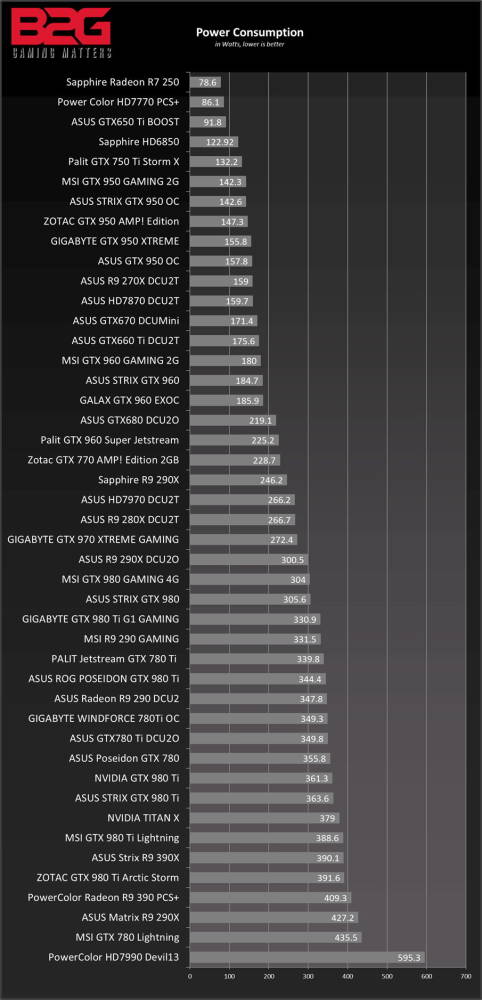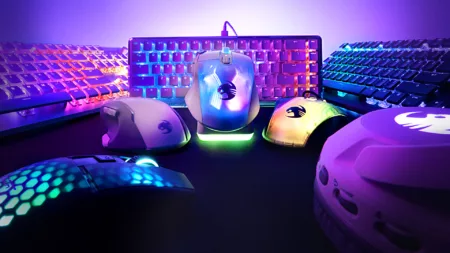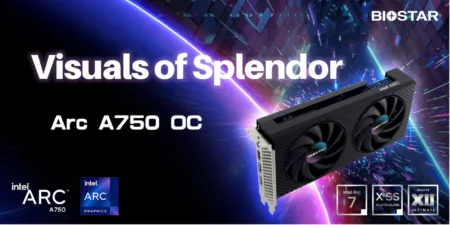Price / Where to Buy:
US – US$829 – ASUS ROG GTX 980 Ti POSEIDON
PH – Approx. Php52,995
Graphics card cooling has been mostly a air-cooling affair. Those who do jump to watercooling need to purchase separate waterblocks which tend to cost a good fraction of the price of your GPU. This alone is one of the reasons some people forego watercooling their GPUs or custom watercooling loops altogether. Recently though we’ve seen attempts from companies to integrated liquid cooling with their graphics cards. This has been done in two ways: AIO cooling where a closed-loop cooler is attached to the GPU or via an hybrid cooling solution. The latter has been more scarce with ASUS’ ROG Poseidon-class cards being the most notable models possessing such cooling solutions and in this review we’ll take a look at the latest addition to the Poseidon family with the ASUS ROG Poseidon GTX 980 Ti. We also have the ASUS Strix GTX 980 Ti reviewed if you’re looking for a more conventional yet powerful card with silent cooling.
Read on to find out more about this card:
- DirectCU H2O: 2X cooler with water cooling. 10% Cooler with air cooling.
- AUTO-EXTREME Technology with Super Alloy Power II: delivers premium quality and best reliability.
- ROG LED light: pulsate in glorious red when the card is active.
- GPU Tweak II with Xsplit Gamecaster: provides intuitive performance tweaking and lets you stream your gameplay instantly.
Specifications
- 6GB, 384-bit GDDDR5, High-bandwidth memory (HBM) for higher bandwidth performance and less power consumption.
- 153MHz higher than reference card.
- 7010 MHz memory clock, up to 375W additional 8+8 pin PCIe power required.
- GPU Boost Clock: 1203 MHz, GPU Base Clock : 1114 MHz, 2816 CUDA Core.
- Digital Max Resolution:5120×3200, ASUS GPU Tweak II & Driver.
About the ASUS ROG Poseidon GTX 980 Ti
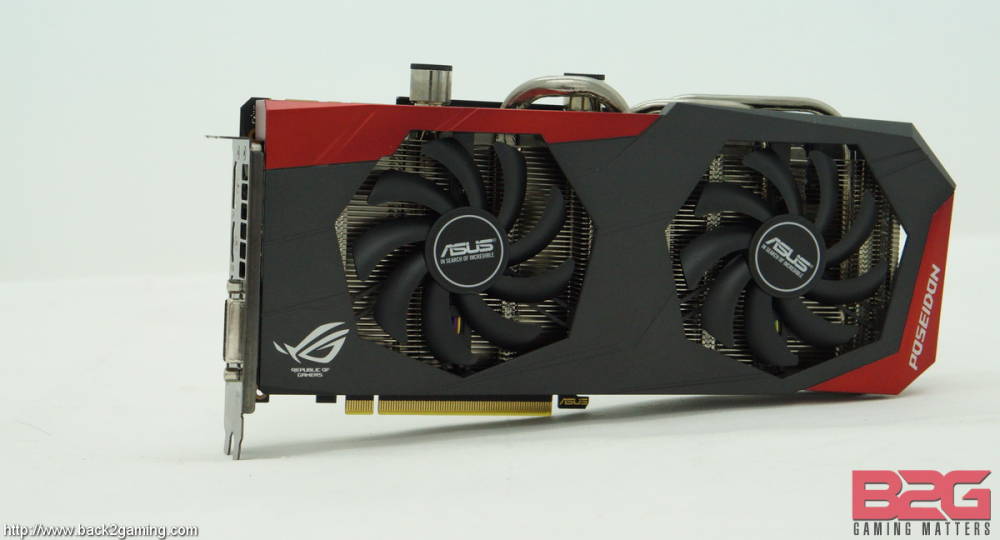
The ASUS ROG Poseidon GTX 980 Ti features the same modern DirectCU H20 we’ve seen on the last generation. This card sports a factory overclock of 1114Mhz core clock and a 1203Mhz boost clock complimented by a 1753Mhz memory frequency. These are really good numbers but what separates this card from the Matrix variant is the integrated waterblock that takes in native G1/4 threaded fittings so you integrate the GPU to your loop straight without a replacing the cooler. This benefits users in 2 ways, first up is that it allows flexibility in which cooling option you have and 2nd is allowing you to benefit from both cooling options when utilized particularly watercoolings inherent thermal benefits on GPUs.
ABOUT THE GTX 980 Ti
The Maxwell architecture is NVIDIA’s greatest achievement as of late given its efficiency compared to the last generation. While it doesn’t serve as a great leap in terms of performance, many people are still convinced by the excellent performance-per-watt ratio. Both the GTX 980 and GTX 970 have been largely in-demand primarily for the efficiency but the Maxwell-based GTX GPUs also introduced some new features including NVIDIA Voxel Global Illumination (VXGI), Multi-Frame sampled AA (MFAA), and Dynamic Super Resolution (DSR). Maxwell GPUs also support Microsoft’s upcoming DirectX 12 API.
In our review of the 12GB NVIDIA TITAN X, we noted how large the gap is jumping from the 980 to the Titan X. For some people, seeing the full GM200 GPU flex its muscle meant its inevitable it will be the precursor a comparable mainstream release. Enter the GTX 980 Ti.
The TITAN X boasts 3072 CUDA Cores, running at 1Ghz base clock complemented by a 12GB of VRAM wired to a 384-bit wide bus. The GeForce GTX 980 Ti sports 2816 CUDA cores, running 1000Mhz with a boost clock of 1075Mhz similar to the Titan X. Also similar with the Titan X is the memory clock also running at 7010Mhz wired to a 384-bit bus but VRAM is halved at 6GB on the GTX 980 Ti compared to the overly generous 12GB of the TITAN X.
The GTX 980 Ti is shows vast improvements from its predecessors as seen in the graph above. Maxwell has really been a solid achievement for NVIDIA and it shows as they continually advance the technology to improve performance especially at higher resolutions.
DirectX 12 is one of the main highlights of the GeForce GTX 980 Ti, providing full support for advanced DX12 features like Volume Tiled Resource aand Conservative Raster which are exclusive to the DX12_1 feature set. This is in addition to the normal feature set provided by DX12.
With its vast 6GB VRAM, NVIDIA is pushing heavily into 4K territories and are making it a point to market games for 4K playability. With the 980 Ti and Titan X, it is now possible to have a smoother 4K gaming experience with a single card with games like GTA V and Witcher 3 providing FPS numbers upwards of the 40s. NVIDIA is also betting on the popularity of virtual reality offering full support for VR headgears providing unique technologies to enhance performance on these platforms.
Product Gallery – ASUS ROG Poseidon GTX 980 Ti
Overclocking the ASUS ROG Poseidon GTX 980 Ti
Overclocking any graphics card is pretty straightforward nowadays provided you know what to do and given that most companies also have their own overclocking software, makes it so much more approachable. We use the latest ASUS GPU Tweak 2.0 for this test.
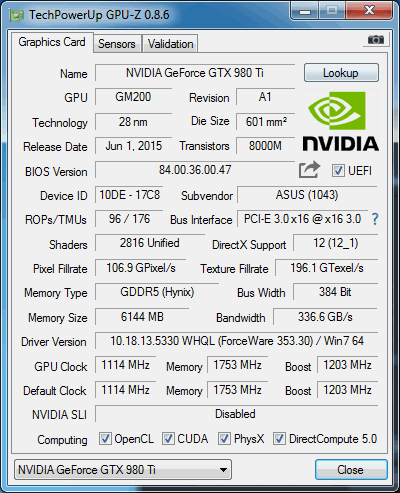
In contrast to our previous hybrid-cooled GPU review, the ROG Poseidon GTX 980 Ti is particularly a better overclocker giving us a good 1312Mhz core clock with 1400Mhz Boost. This is all without touching the voltages so if you’re a bit adventurous and your liquid cooling setup is up to spec, you could go higher with this card if you got an able chip. ASUS does cherrypick its ROG GPUs and most of the cards that fall under this branding are specifically chosen to handle a far higher OC than its mainstream counterparts. Not shown here is the memory OC we did which got us up to 8000Mhz, which is quite common for the majority of the GTX 980 Ti we’ve tested.
PERFORMANCE
Test Setup
Processor: Intel Core i7 4790K
Motherboard: MSI Z77 Mpower
Memory: Kingston HyperX Beast DDR3-2400 16GB
Storage: Kingston HyperX FURY 240GB
PSU: Seasonic P1000
Cooling: Custom loop (XSPC Raystorm block, XSPC D5 Dual Bayres, BlackIce Stealth GT 240 rad)
Monitor: LG 42UB820T UltraHD TV
VGA: ASUS ROG POSEIDON GTX 980 Ti
For a full-hardware workout, visit http://www.futuremark.com for our benchmarks of choice.
We test our graphics card with a full-level playthrough of our selected game or the games’ built-in benchmark tool. We record the run with Fraps. Game settings are indicated in the charts. Resolutions are shown in the charts. Unlike our standard benchmarks. For this tests, we’ve changed a few things so some of games that we follow built-in options we’ve retained results from other results but for those other games that we’ve changed options, we’ve provided newer results and indicated settings also.
We basically run two configurations for our reviews: for high-end cards (980/Titan X/290X/780Ti) we run maximum in-game settings, for mainstream (GTX 960/970) and last generation cards we run default presets. AA is turned off in all 4K HD results unless defined by settings or indicated in graph. We will start including The Witcher 3 starting with our launch day review of the GTX 980 Ti so please bear with us as we grow that chart. Results may vary due to driver optimizations for newer releases.
Note: All tests were ran with the ASUS ROG POSEIDON GTX 980 Ti stock cooling, without watercooling.
FullHD (1920×1080)
The most visually intense game to ever been made. Prophet is back to take on the Ceph and Cell after a long sleep and the world isn’t what it was when before he got frozen. CryEngine 3 is behind this beautiful beast that will put a lot of systems to their knees. The opening level shows off the particle and water rendering of the engine.
The reboot of the gaming phenomenon Tomb Raider puts players in Lara Croft’s hiking boots as she explores the ruin of Yamatai in this origins game. Powered by a modified Crystal Engine, the game features TressFX which creates beautifully rendered hair animation.
The most popular game on Steam and the biggest competition in eSports; DOTA 2 is powered by the Source engine. The game is fairly light on low to medium settings but maxed out with heavy action on screen especially during clashes can really stress some systsems.
We use the built-in timedemo and benchmarking tool. DOTA2 only shows average FPS so we will be reflecting that in this test. Our timedemo features a heavy clash in the bottom lane for the maximum real-world system load the game can generate. With the recent visual update, DOTA2 has received some graphic makeover that adds a bit of hit for the system and all our datas are updated to reflect this. Driver optimization may cause results to vary.
Ubisoft’s hacker action puts you in the shoes of Aiden Pearce as you piece together a crime that has been haunting you since its occurrence. Rage through Chicago as presented by Ubisoft with its Disrupt engine utilizing vast video memory for high-resolution textures for visually stunning graphics.
CD Projekt Red’s latest installment in the Witcher saga features one of the most graphically intense offering the company has to date. As Geralt of Rivia, slay monsters, beasts and men as you unravel the mysteries of your past. Vast worlds and lush sceneries make this game a visual feast and promises to make any system crawl at its highest settings.
2560×1440
The most visually intense game to ever been made. Prophet is back to take on the Ceph and Cell after a long sleep and the world isn’t what it was when before he got frozen. CryEngine 3 is behind this beautiful beast that will put a lot of systems to their knees. The opening level shows off the particle and water rendering of the engine.
The reboot of the gaming phenomenon Tomb Raider puts players in Lara Croft’s hiking boots as she explores the ruin of Yamatai in this origins game. Powered by a modified Crystal Engine, the game features TressFX which creates beautifully rendered hair animation.
The most popular game on Steam and the biggest competition in eSports; DOTA 2 is powered by the Source engine. The game is fairly light on low to medium settings but maxed out with heavy action on screen especially during clashes can really stress some systsems.
We use the built-in timedemo and benchmarking tool. DOTA2 only shows average FPS so we will be reflecting that in this test. Our timedemo features a heavy clash in the bottom lane for the maximum real-world system load the game can generate.
Ubisoft’s hacker action puts you in the shoes of Aiden Pearce as you piece together a crime that has been haunting you since its occurrence. Rage through Chicago as presented by Ubisoft with its Disrupt engine utilizing vast video memory for high-resolution textures for visually stunning graphics.
CD Projekt Red’s latest installment in the Witcher saga features one of the most graphically intense offering the company has to date. As Geralt of Rivia, slay monsters, beasts and men as you unravel the mysteries of your past. Vast worlds and lush sceneries make this game a visual feast and promises to make any system crawl at its highest settings.
4K UltraHD
The most visually intense game to ever been made. Prophet is back to take on the Ceph and Cell after a long sleep and the world isn’t what it was when before he got frozen. CryEngine 3 is behind this beautiful beast that will put a lot of systems to their knees. The opening level shows off the particle and water rendering of the engine.
The reboot of the gaming phenomenon Tomb Raider puts players in Lara Croft’s hiking boots as she explores the ruin of Yamatai in this origins game. Powered by a modified Crystal Engine, the game features TressFX which creates beautifully rendered hair animation.
The most popular game on Steam and the biggest competition in eSports; DOTA 2 is powered by the Source engine. The game is fairly light on low to medium settings but maxed out with heavy action on screen especially during clashes can really stress some systsems.
We use the built-in timedemo and benchmarking tool. DOTA2 only shows average FPS so we will be reflecting that in this test. Our timedemo features a heavy clash in the bottom lane for the maximum real-world system load the game can generate.
Ubisoft’s hacker action puts you in the shoes of Aiden Pearce as you piece together a crime that has been haunting you since its occurrence. Rage through Chicago as presented by Ubisoft with its Disrupt engine utilizing vast video memory for high-resolution textures for visually stunning graphics.
CD Projekt Red’s latest installment in the Witcher saga features one of the most graphically intense offering the company has to date. As Geralt of Rivia, slay monsters, beasts and men as you unravel the mysteries of your past. Vast worlds and lush sceneries make this game a visual feast and promises to make any system crawl at its highest settings.
TEMPERATURE & POWER CONSUMPTION
To measure both power consumption and heat, we stress the video card and record the peak values for heat and wattage. We use default values on the cards and stress test them using a Kombustor 3’s Lake of Titans X64 test at 1080p fullscreen.
At a glance: While the stock aircooling performance of the ASUS ROG Poseidon GTX 980 Ti is just average, the real take here is the liquid-cooled numbers of this card. With a 240mm rad GPU+CPU loop, we managed to bring the card to a peak 56*C at max load which is incredibly cool for a GTX 980 Ti. Given the massive cooling benefits, the fans basically never need to work as they trigger at 63*C. Power consumption is just around the other GTX 980 Ti’s we have, fairly close to the reference and heavily-fan cooled reference GTX 980 Ti.
CONCLUSION
Let’s break down the verdict:
Performance. With a heavy overclock out of the box, the ASUS ROG POSEIDON GTX 980 Ti is sure to deliver excellent performance and our results do show that but one thing we noticed is that it gets outperformed a bit by some of the cards we’ve tested and narrowed down the possible cause to the ROG Poseidon not getting the same Boost clock levels it should as its higher OC gets it to a higher temp faster than the triple-fan cooled 980 Ti in our chart. That said, ambient temps can knock this card to the same level as a reference GTX 980 Ti but when it can flex its muscle, the performance does scale as well.
Build Quality. This is ASUS’ top-end brand and as expected, they’re not holding back especially with a 980 Ti. The ROG Poseidon is well-crafted and while it doesn’t exude the same level of visual impact as say the Matrix line of GPUs, the feature far outweigh the more subdued aesthetic finesse that the ROG POSEIDON possess.
Functionality. The card isn’t limited in performance by any means so you’ll be able to play pretty much anything up to 4K as with any GTX 980 Ti. The main issue you’d face is weight and compatibility as the card is quite lengthy and needs the support stand which also has its requirement of needing a roomy case.
Bundle. Depending on when you bought this card, you might have a GeForce promotion going on where you’re entitled to a free game. Our card wasn’t but we’re not ruling this out and give NVIDIA some props for it.
Value. At $830, this is no cheap GPU and clearly almost the price of a TITAN X. Again though, the argument here is that on a general scenario where a normal GTX 980 Ti that would run you around $699, you can get decent performance but as we’ve mentioned before in our previous ROG Poseidon reviews, the main benefit here is that you’re actually getting a really powerful cherrypicked GPU, with a lengthy warranty and free GPU block. So if ASUS basically sells their reference GTX 980 Ti for around $730 and you eventually decide to go down the watercooling route, you’re gonna end up spending another $200 or so for it which puts us at a more expensive bracket. That said, the DirectCU H2O cooler in itself is a decent block and that fact that it fuses itself to an integrated heatsink with fans gives it the benefit of added air cooling when want to. In terms of looks, its purely subjective but from a practicality standpoint there’s no beating the ROG POSEIDON when you’re out for a watercooled build with GTX 980 Ti.
While we normally put down ASUS for having really expensive cards, the ROG POSEIDON line has always had a special place in our hearts given its more practical application. While extreme builders may want to go down the full block route, those who have an existing watercooling loop and aren’t that picky on their loop choices but just the absolute best when choosing, the ASUS ROG POSEIDON GTX 980 Ti is one of the most practical purchases you can make if you’re already watercooled. Street prices for this card can drop to $750 and don’t let the SRP scare you, these things can drop to nearly Php38,000 on cash basis depending on where you buy and that’s really, really competitive enough to even give the likes of the GIGABYTE GTX 980 Ti Xtreme Gaming some stiff competition.
As a GPU, the ASUS ROG POSEIDON GTX 980 Ti by itself is a fast and well built graphics card. That changes when you put the card under water with your existing watercooling loop which allows it to go past its thermal limits and really push its clock rates further with Boost or manual overclocking. This performance boost should give anyone with an existing watercooling setup a good incentive in purchasing the ASUS ROG POSEIDON GTX 980 Ti.
The ASUS ROG POSEIDON GTX 980 Ti is by far an excellent value product especially if you’re watercooling. The performance and thermal advantage for the price is just too good to pass up. On stock, it’s still a beast but the Kraken only surfaces from under water and that analogy fits the ASUS ROG POSEIDON GTX 980 Ti perfectly.
ASUS backs ROG POSEIDON GTX 980 Ti a 3-year warranty. We give it our B2G Value Award and B2G Gold Award!
Price / Where to Buy:
US – US$829 – ASUS ROG POSEIDON GTX 980 Ti
PH – Approx. Php52,995



